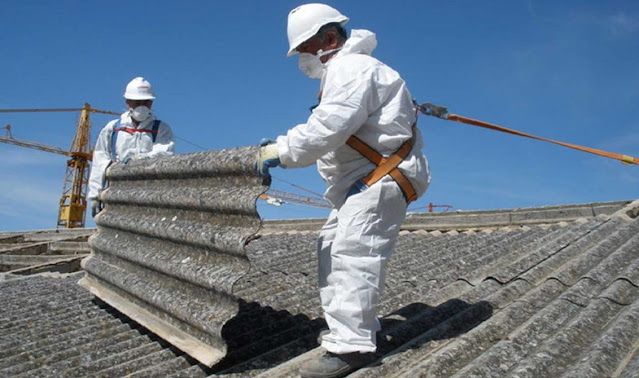The Importance of Manual Handling Risk Assessment in Workplace Safety
In the realm of workplace safety, where numerous potential hazards abound, manual handling risk assessment stands as a pivotal shield against injuries and accidents. Manual handling, which involves lifting, carrying, pushing, or pulling objects, poses a significant risk to workers across industries. Recognizing this threat, and conducting thorough risk assessments becomes paramount to ensuring a safe and secure work environment. Here's why manual handling risk assessment is crucial:
- Preventing Injuries: Musculoskeletal injuries are prevalent outcomes of improper manual handling. By assessing the risks involved, OHS consultants in Melbourne can implement measures to mitigate these risks, potentially reducing the number of injuries and the associated costs.
- Enhancing Awareness: Conducting risk assessments encourages employees to be more aware of their actions and surroundings. It fosters a safety-conscious culture where workers are vigilant about their movements, thereby reducing the likelihood of accidents.
- Tailored Interventions: Every workplace has its unique challenges. Risk assessments allow for targeted interventions, addressing specific hazards present in the environment. This tailored approach ensures that resources are allocated effectively for maximum safety.
- Legal Compliance: Many jurisdictions mandate manual handling risk assessments as a legal requirement. Organizations that comply not only adhere to the law but also showcase their commitment to employee welfare, potentially enhancing their reputation.
- Cost Efficiency: Work-related injuries lead to direct costs such as medical expenses and compensation, along with indirect costs like reduced productivity. Preventing these incidents through risk assessment can lead to substantial cost savings.
- Improved Job Design: Risk assessments often necessitate a reevaluation of job processes. This can lead to the design of tasks that are inherently safer and less strenuous, promoting employee well-being in the long run.
- Employee Participation: Involving employees in the risk assessment process empowers them to contribute their insights. This not only enhances the quality of assessments but also makes employees feel valued and engaged in their own safety.
- Continuous Improvement: Workplace dynamics change over time. Regular risk assessments allow organizations to adapt their safety measures to evolving conditions, ensuring sustained protection for employees.
By embracing manual handling risk assessment, organizations prioritize the well-being of their workforce while fostering a culture of safety that resonates through every aspect of their operations.




Comments
Post a Comment